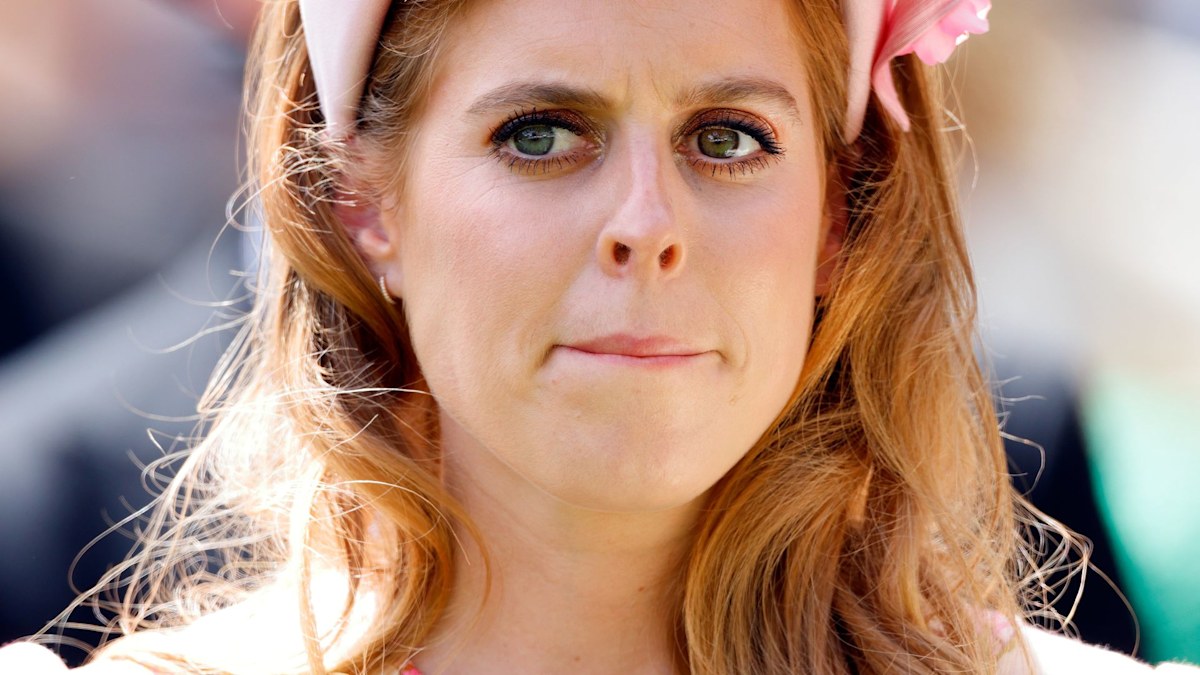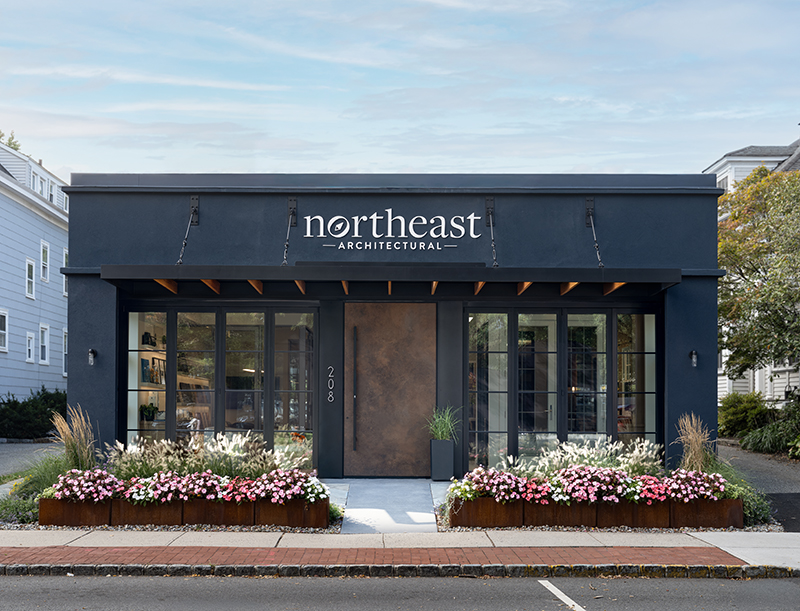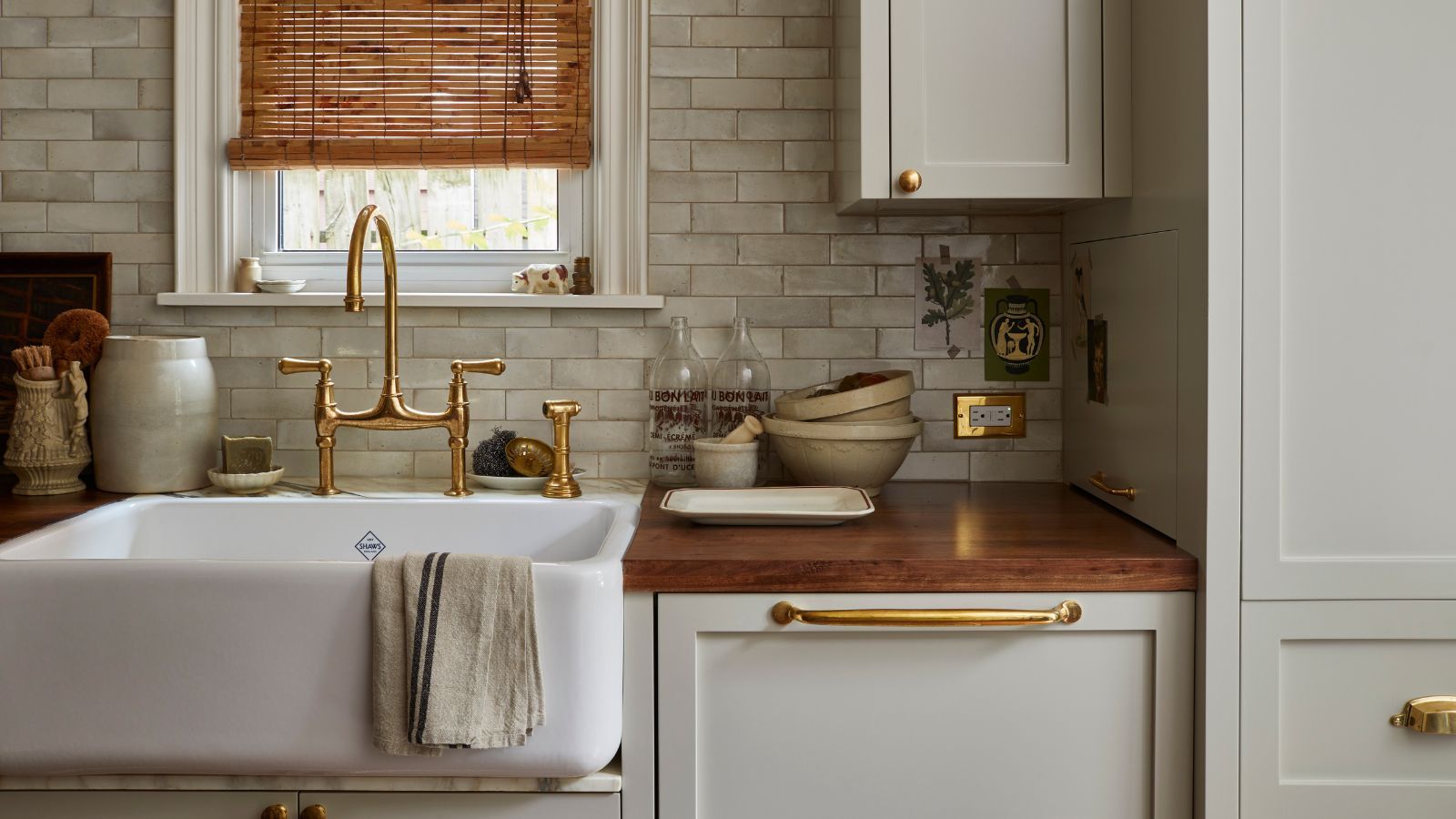7 Designer-Curated Nursery Trends That Are Already Taking Over 2025

More often than not, the baby’s nursery hardly gets the same attention to detail and level of TLC as the rest of the rooms in the home. After all, as any parent can tell you, newborns become infants, infants become toddlers, and toddlers become kids much faster than anyone realizes, so designing a nursery that feels aesthetically on par with, say, the primary bedroom doesn’t happen very often. However, many interior designers believe that the nursery should receive as much—if not more—of a treatment as the more widely used rooms.
So, we asked design pros about what trends they’re forecasting for the coolest, most unique nurseries these days, and their answers may surprise you. In fact, you’ll see hardly any overstuffed plushies and floral chandeliers here. These design ideas are much more original and totally unexpected. Keep reading to find out what they are.
Gender Neutrality
While swathing a nursery in soft pinks or baby blues is an adorable (albeit traditional) approach to decorating the space, there’s something to be said about keeping things neutral—especially if you opt out of the gender reveal at 18 weeks. At least, that’s what interior designer Sara Malek Barney did in this Austin, Texas, baby’s room.
“This nursery was designed with true gender neutrality in mind. The clients did not know what they were having, but needed a fully functional space from the day he was born,” she explains. “Layering textures and patterns in a really soft, subtle way was most important, but looping in the rug, it was important that the rug could evolve with the child over time and hide stains well.”
Sustainable Materials
Ariel Okin tends to decorate her spaces with a hefty dose of sustainable finds, whether they be antiques or ethically sourced and manufactured contemporary pieces. Her affinity for eco-conscious furniture is on full display in this Pine Plains, New York, nursery. “I love that thoughtfully sourced, sustainable materials are becoming the norm, not an exception, in children’s rooms. In this room (and all of our nurseries that we design now), we make a concerted effort to source Greenguard furniture like the crib shown, from West Elm, or items with low VOC off-gassing,” she says. “Function should always be at the heart of design, and a toxin-free environment is certainly a high priority on the function side of things.”
Monochromatic Palettes
New York-based Sasha Bikoff doesn’t generally back down from a bold color palette, but it’s not often her fans will see her swath an entire room in the same hue. Of course, nurseries may be her exception. “I am drawn to a monochromatic color palette with nurseries, as the tonal aesthetic makes you feel like you are in a cozy cocoon,” she notes. Is there anything a newborn would appreciate more than a cozy cocoon? We think not.
Chinoiserie
There are really no rules when it comes to designing a children’s room, but for some designers, they prefer the nursery not to feel like a completely separate entity of the house whose aesthetic is completely different than that of the other rooms. Austin, Texas–based Christina Cole is one such designer who prefers that the nursery feel and look as elegant as any other space within the home. “We strive for a cohesive vision, and the nursery is no exception. While it is tailored to a younger client, we bring the same design principles that define our work,” she suggests. “In this nursery, we applied a more sophisticated chinoiserie wall covering to wood panels and layered it on a blush wall for a tonal composition. The soft pastel palette creates a sweet and youthful scene that sets the backdrop for the nursery furniture but can also evolve with a more grown-up space as that furniture changes to suit a younger child, pre-teen, or young lady.”
Playful Patterns in Neutral Tones
In most children’s rooms—especially ones where newborns or infants will live—keeping the design calm and serene will keep the little one from getting a little too much sensory overload. So, when New York–based Lucy Harris outfitted this nursery, making the space feel relaxing and easy on the eyes was paramount. “This is something we’ve been doing for a while: using patterns that are fun and whimsical and set the tone for the space, for both the parents and child. We like using a color palette that doesn’t push our ideas of ‘child’ or ‘baby’ colors on anyone, and instead just picking tones and colors that will feel good and calming,” she explains. “For children, we like designing a cozy and warm place for them that layers brighter colors, like the orange side table and green cactus print, with neutrals like on the wallpaper and rug.”
Custom Valances
Elements like canopies and four-poster frames may seem like design choices you’d find in a primary bedroom, but why not incorporate them into the nursery? According to Madi Gray, interior design project manager at Christopher Architecture & Interiors, “A custom valance creates a soft, feminine anchor for the crib, offering a graceful focal point—especially in rooms without many windows.” She’s not wrong. Oftentimes, nurseries are not the largest space in the home, so making them feel a bit more grand with a custom design is never a bad idea. She adds, “It’s a clever way to introduce drapery and a sense of architecture while setting the stage for the space to grow. The look effortlessly evolves when it’s time to trade the crib for a little girl’s twin bed. Whether styled traditionally or with a modern twist, it’s a detail that truly elevates the room.”
Touchably Soft Textures
Anyone with an eye on design trends knows that shearling chairs have been having a moment as of late. While they may evoke midcentury modern—as well as Scandinavian—surroundings, Houston, Texas-based Margaret Naeve Parker is pleased to report that the super-soft material is just as at home in the nursery. “Shearling is not only a visually harmonizing choice to incorporate in any nursery design, but a practical one. For those long, sometimes-sleepless nights, having a comfortable place to rock your babe helps both parent and child to relax,” she explains. “Another characteristic that makes it a smart choice for our littles’ rooms is that it’s durable. As a natural hide, it’s going to withstand pulling, staining, wear, and tear,” she adds.
Follow House Beautiful on Instagram and TikTok.
link








:strip_icc()/triangle-storage-area-in-wall-c60badd4-c843e591c3464104b1d4616bbc2248ec.jpg)





